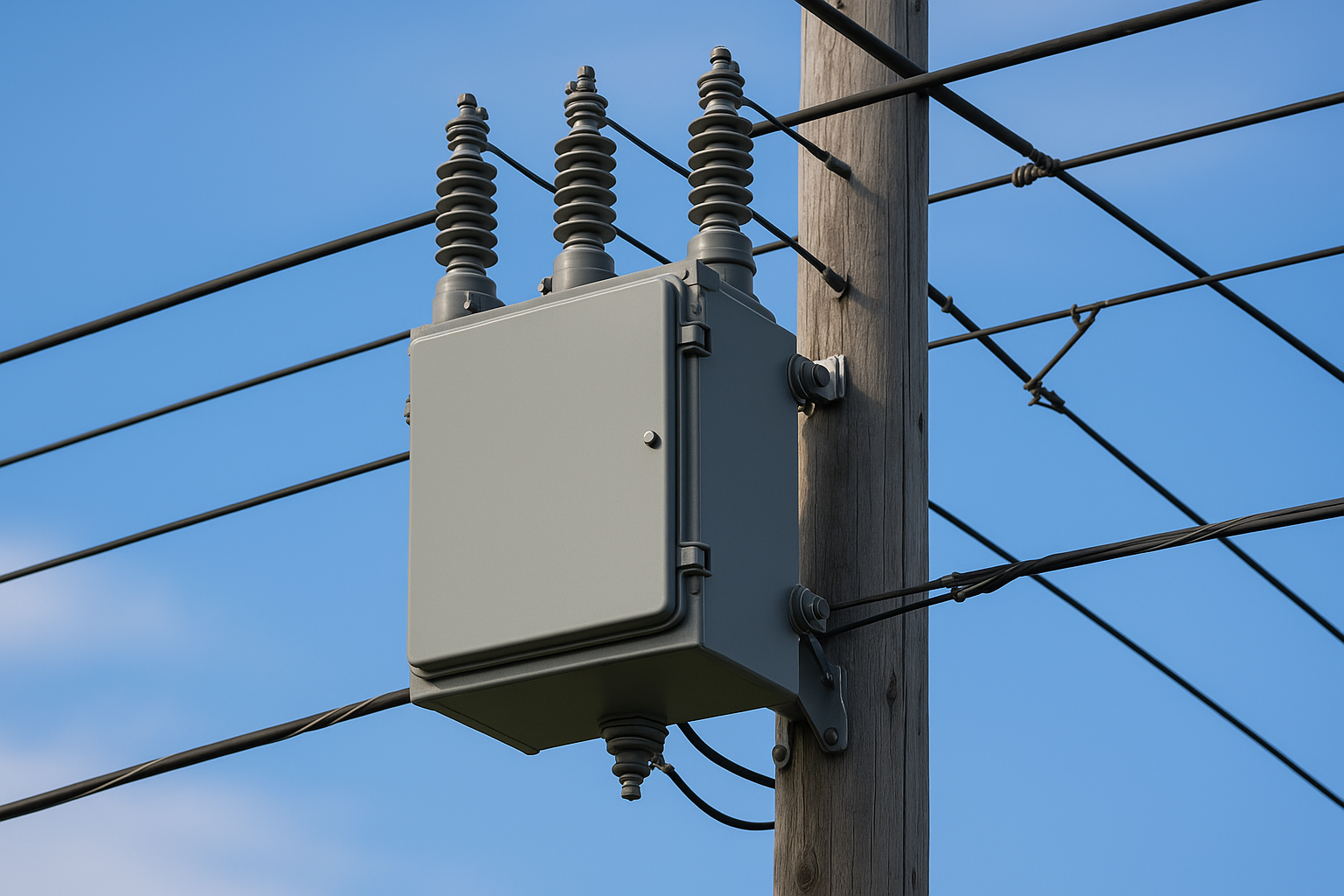
As Atlantic City works to modernize and strengthen its power infrastructure, one critical piece of technology is playing a growing role in keeping the lights on: the recloser. These automated circuit breakers are being strategically installed throughout the city and its surrounding areas to enhance service reliability, mitigate the impact of outages, and adapt to the challenges of a changing energy landscape.
Power outages—especially during harsh coastal storms—are more than just an inconvenience. For homes, businesses, and essential services such as hospitals, an interruption in power can be costly or even hazardous. That’s why local utility companies, such as Atlantic City Electric, are investing in smarter, faster-acting technologies like reclosers to ensure the grid is responsive and resilient.
So, where exactly are these reclosers installed, and what do they mean for Atlantic City residents?
A recloser is a type of switch that can automatically shut off and restore electrical flow along a power line when a problem or fault is detected. When lightning strikes a line or a tree branch causes a temporary short, a recloser isolates the issue without requiring a full shutdown of the grid. In many cases, the recloser “tests” the line by temporarily interrupting the power and then automatically re-energizing it if the fault is gone.
Unlike traditional breakers or fuses, which often require a field crew to reset them manually, reclosers act automatically, sometimes within seconds. This can drastically reduce the time that homes and businesses are left in the dark.
Modern reclosers also have communication capabilities, making them part of a broader “smart grid” system. These devices send real-time data to control centers, enabling utility operators to monitor power conditions, identify the source of faults, and make better decisions about how to restore service quickly and efficiently.
Reclosers are not installed randomly; they’re placed at key points in the electrical distribution network to maximize their benefit. In and around Atlantic City, you’ll often find reclosers at:
For example, along feeder lines running from substations that serve the central Atlantic City grid, reclosers may be spaced every few miles to create sectional protections. If a problem occurs on one portion of the line, the recloser can isolate that segment, keeping the rest of the city powered while crews address the fault.
In more rural portions of Atlantic County, where lines run for long distances and are more exposed to environmental hazards, reclosers are placed more frequently. In denser, urban zones, reclosers work in tandem with other smart devices to manage the increased load and complexity of the grid.
Reclosers may not be visible to most people, but they have a direct and significant impact on daily life in Atlantic City. Their presence can mean the difference between a multi-hour blackout and a brief flicker of the lights.
Here’s why they matter:
According to a spokesperson from Atlantic City Electric, “Reclosers are a key part of our plan to deliver more reliable service to our customers. They help us respond to outages more effectively and prevent small issues from becoming major problems.”
The evolution of high-performance reclosers for power grids—from simple mechanical switches to intelligent, networked devices—is a game changer for modern power distribution.
Smart reclosers can:
In practical terms, this means Atlantic City Electric can proactively manage its grid rather than reacting to issues after they cause an outage. That’s a major step forward for community resilience and energy security.
As Atlantic City and nearby communities grow—and as more homes and businesses adopt solar panels, electric vehicles, and other distributed energy technologies—the demands on the local power grid will continue to increase.
Recloser placement strategies must evolve in response to these changes. Utilities regularly review data on population growth, infrastructure development, and energy usage patterns to determine where new reclosers should be added or existing ones upgraded.
In areas where new housing developments or commercial centers are being built, reclosers may be installed in advance to ensure those neighborhoods receive the same level of reliable service as more established parts of the city.
Additionally, the integration of renewable energy sources has introduced new challenges for grid protection. Solar panels and other distributed energy resources can create bidirectional power flows, meaning electricity may move both into and out of a neighborhood. This requires more sophisticated protection schemes, and reclosers are essential to making those systems work safely and effectively.
While most of the technical details are handled by utility engineers, residents can take a few simple steps to stay informed and benefit from this technology:
Reclosers are a quiet but critical part of Atlantic City’s ongoing effort to deliver dependable power in an increasingly unpredictable world. Their bright, strategic placement helps utilities respond to outages faster, protect essential services, and support growth without compromising reliability.